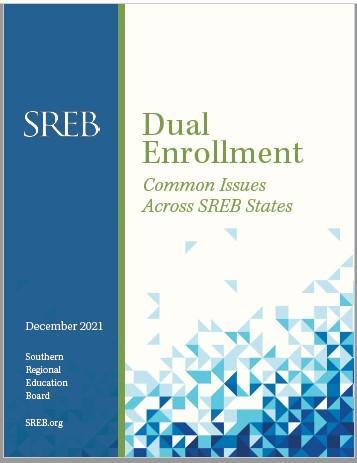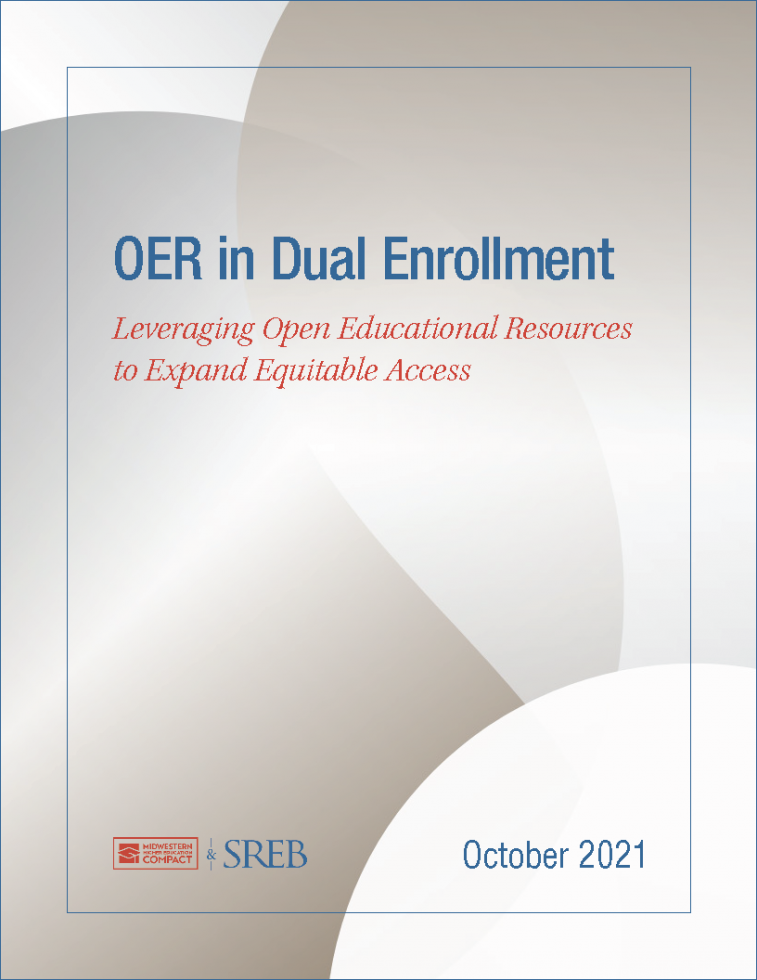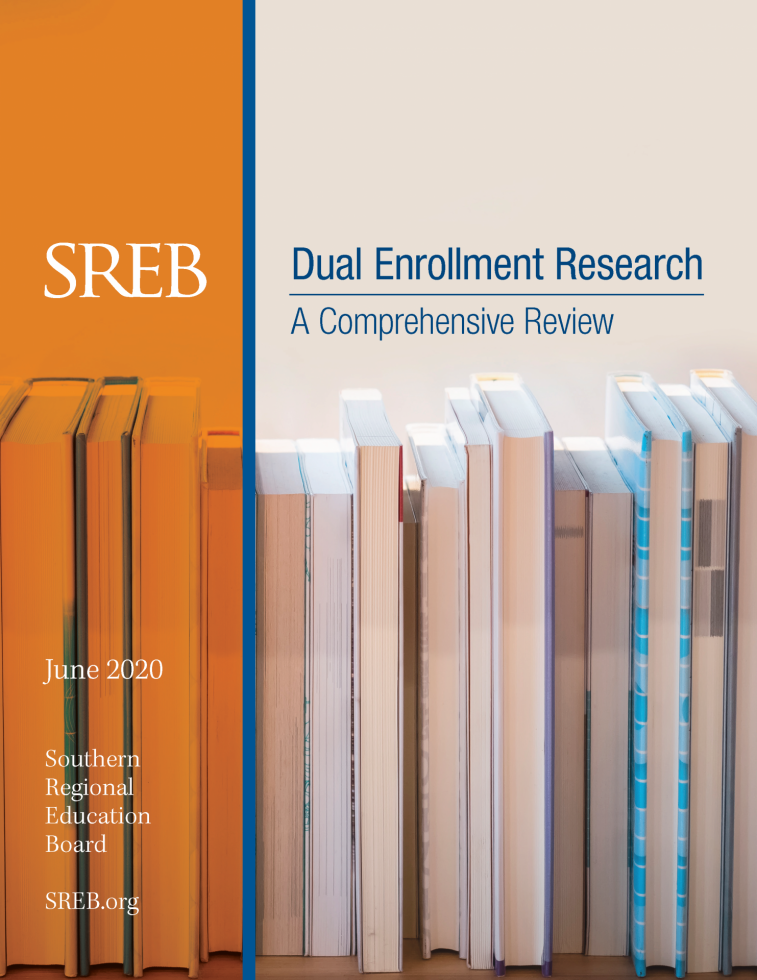New report examines dual enrollment programs in SREB states
A new report from the Southern Regional Education Board examines dual enrollment programs across the South and explores how states and school systems can address common challenges in offering college courses to high school students.
Dual Enrollment: Common Issues Across SREB States details how dual enrollment works differently in each state, while highlighting common elements of the programs across the 16 SREB states.
“As dual enrollment has expanded dramatically across the South and nation, SREB states are working together to explore the similarities and differences across the states and ensure all students can access college and career-related courses that prepare them for the workforce,” SREB President Stephen L. Pruitt said.
The new report, part of SREB’s continuing work on dual enrollment and helping more students succeed in college and career, is informed by the SREB Dual Enrollment Advisory Panel, made up of policymakers and education leaders from across the Southern region.
Dual enrollment programs can accelerate students’ paths to degrees and save them money on the costs of some college courses. The programs can also help address states’ workforce needs and better prepare students for postsecondary education.
The report says that states, colleges and school systems can take steps to ensure that dual enrollment programs are designed to reach these goals, including:
- Use common definitions that clearly distinguish dual enrollment from other programs such as Advanced Placement.
- Specify more precise goals for dual enrollment, foster strong partnerships among high schools and colleges, and provide equitable access and resources for all students and institutions.
- Identify key data necessary to evaluate progress on the goals, then make improvements and report findings to key stakeholders.
SREB and the Dual Enrollment Advisory Panel identified several important dual enrollment issues confronting all SREB states, including student access, eligibility and costs; program quality measures; program funding; and data collection and reporting.
Previous SREB reports have summarized the limited research and data on the effectiveness of dual enrollment, detailed how open educational resources (OER) can help more students pursue dual enrollment by making textbooks and other classroom materials more affordable, and offered additional resources for policymakers and educators on dual enrollment.
SREB will hold a conference for educators and policymakers on the use of OER in expanding dual enrollment Feb. 24-25 in Atlanta.
Media contact: Alan Richard, cell (202) 641-1300




